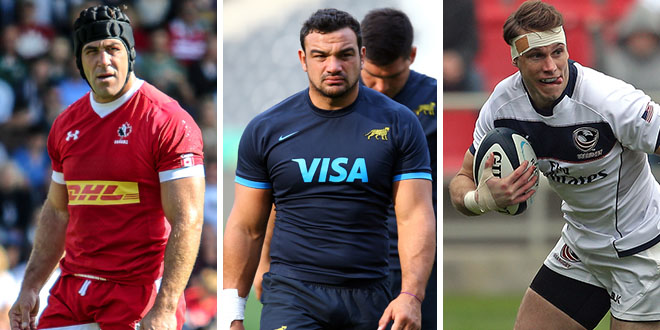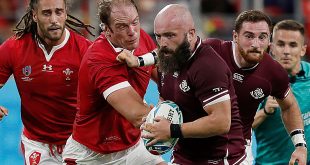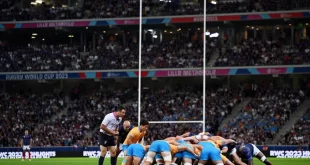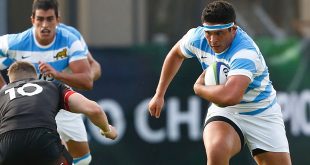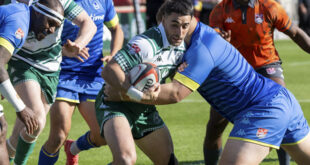Who would they pick? It’s One of the most common questions we get from readers outside of the Americas. What would a composite side of the best players from the Americas look like? Could they compete against the best in the world? Is a ‘Lions’ concept something worth pursuing?
In reality such an idea is highly unlikely to ever see fruition with a number of logistical issues not to mention significant language and cultural differences. Perhaps one day we will see an ‘Americas Barbarians’ in a one-off match against a touring side, and it’s important to note that other composite sides have been put forth in the past.
Led by the legendary Hugo Porta the best of South America – dubbed the Jaguars – were brought to South Africa on three tours between 1980 and 1984 while also hosting the Springboks in Montevideo and Santiago in October of 1980. A South American XV has played as recently as 2014 against Argentina, and lost a competitive 41-21 match to England in 2013. Meanwhile a North American select side under the guise of the Wolverines, not to be mistaken with the Canadian national rugby league side, played against Australia in 1989.
In the spirit of ‘Lions Fever’ we thought it might be fun to indulge in a bit of fantasy and play selectors for a hypothetical Americas All-Star touring team. Of course we do not have access to players on a day-to-day basis and thus cannot accurately judge whether Player A would get on well with Player B in the team environment, so in this case we are basing our selections entirely on rugby ability and our vision of how the team should play.
Another limitation is that there is no competition to judge the competitors head-to-head. In spirit the Americas Rugby Championship should do just that but in truth the best players are stuck in Europe or Super Rugby and make only fleeting appearances, though one hopes that may improve somewhat in the future. Another fact we must consider is that Argentina simply have greater depth than any other nation in the Americas. In some cases a player considered second or even third choice for the Pumas could be a starter for any other Americas side.
We will take our cues from Warren Gatland in terms of squad numbers, selecting the same number of players with the same positional breakdown as the real team. The only qualifier is that the player must be eligible for a team in the Americas, which rules out Americas-born players such as Sergio Parisse or Tommy Seymour but does leave the door open for those ‘exiled’ by the new Pumas selection policy.
As in the real tour we must also consider availability – assuming this team is touring in June we will not be able to consider those who are currently injured. Those not considered include: Marcos Ayerza (Leicester Tigers & Argentina), Tomás Cubelli (Brumbies & Argentina), Zack Test (USA), Jeff Hassler (Ospreys & Canada), Matt Evans (Cornish Pirates & Canada).
A large percentage of the squad ‘picked themselves’ but there was still some debate required for some positions and some very good players left out. Current form was given the most weight and as such some players who would have made the team if selected in 2016 or even earlier in 2017 did not quite make the cut. This, of course, is a good problem to have for any selector and makes the exercise more enjoyable.
We have opted not to select a ‘XV’ for this tour. As in the real tour, we have instead looked to select players who we think could force their way into the ‘test side’ by performing strongly with and against other high caliber players. Similarly we’ve left out the coaches though it might be fun to consider a staff headed up by World Cup winner Graham Henry, having already experienced life with New Zealand, Argentina, and of course the British & Irish Lions.
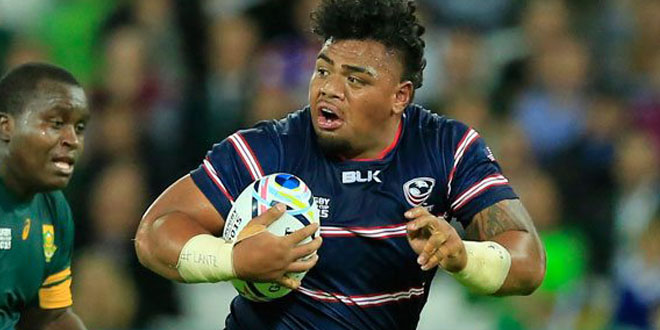
FRONT ROW
Titi Lamositele (Saracens & USA)
Lucas Noguera Paz (Jaguares & Argentina)
Nahuel Tetaz Chaparro (Jaguares & Argentina)
With Ayerza calling it a day due to injury the debate here was minimal. Given the relative strength in depth at tighthead the choice to select Tetaz Chaparro as a loosehead was an easy one after his success at the position in 2016.
Agustín Creevy (Jaguares & Argentina)
Julián Montoya (Jaguares & Argentina)
Joe Taufete’e (Worcester Warriors & USA)
Another reasonably straightforward position made easier given that Creevy would be our captain, a rather obvious choice given his world class standing as a player and a leader. Taufete’e has the added advantage of being able to cover loosehead prop in an emergency.
Juan Figallo (Saracens & Argentina)
Francisco Gómez Kodela (Lyon & Argentina)
Ramiro Herrera (Jaguares & Argentina)
Less obvious but we believe these are the three best available, with Gómez Kodela’s standing as one of the premier scrummagers in the Top 14 meriting his selection.
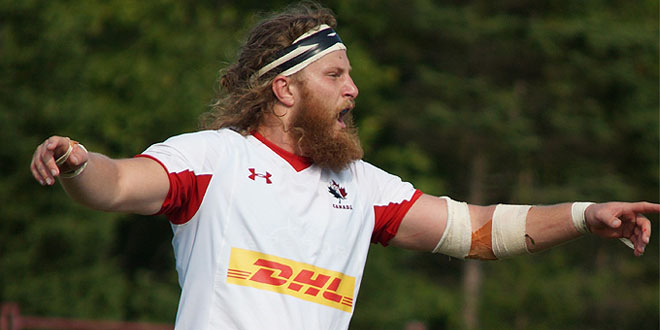
SECOND ROW
Rodrigo Capó Ortega (Castres & Uruguay)
Jamie Cudmore (Oyonnax & Canada)
Marcos Kremer (Jaguares & Argentina)
Tomás Lavanini (Jaguares & Argentina)
Evan Olmstead (Newcastle Falcons & Canada)
An area of relative strength across the Americas, there were players from five different countries under consideration. Capó Ortega and Cudmore remain colossal figures in French rugby who bring tremendous physical strength and vital leadership. The ‘bolter’ in the group is undoubtedly young Kremer, just 19 years old and uncapped at test level. Unlike Mr. Gatland we are prepared to select less proven players who have great potential. We feel Kremer’s talent and physical abilities as they stand are worth a spot, with the added bonus of being able to cover in the back row as well.
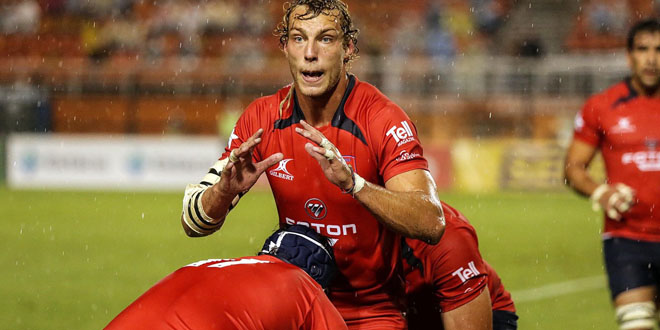
BACK ROW
Kyle Baillie (Westshore & Canada)
Samu Manoa (Toulon & USA)
Like Kremer, both these players are versatile with the ability to cover second row though they have been primarily selected as blindside flankers. Manoa’s arm injury is touch-and-go for June but we’re prepared to take a chance based on his quality. Baillie will be a surprise to some but we rate him highly and fully expect to see him in a professional environment sooner than later.
Tomás Lezana (Jaguares & Argentina)
Pablo Matera (Jaguares & Argentina)
Anton Petrowitsch (COBS & Chile)
The first two are obvious selections while Petrowitsch reminded us of his talent in the ARC. He is an example of a player who we think would thrive in a more competitive side and fully expect him to be in a professional side in the near future. Eagles openside Tony Lamborn was one of several players left out who could be considered unlucky, with Toulon veteran Juan Martín Fernández Lobbe another who only narrowly missed out on selection.
Tyler Ardron (Ospreys & Canada)
Facundo Isa (Lyon & Argentina)
Sebastián Kalm (Old Blue & Chile/USA)
A notable inclusion is that of Kalm, the outstanding player from the 2016 PRO season who has now joined Old Blue in New York. His uncapped status is entirely due to eligibility with his decision to pursue Eagles honors based on residency than represent his home country of Chile. Either way his ability to play across the back row with equal skill makes him a very desirable tourist in itself. Cam Dolan came very close and would be among the first players called in the case of injury either in the second or back rows.
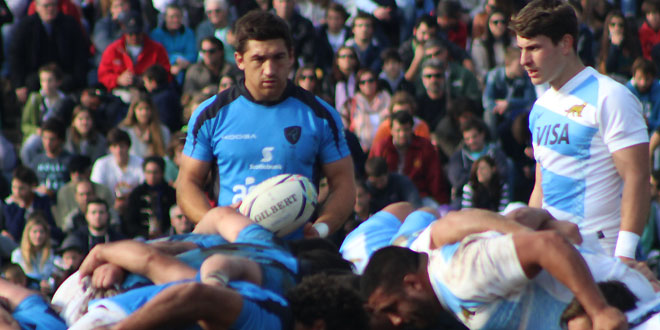
HALFBACKS
Gonzalo Bertranou (Jaguares & Argentina)
Martín Landajo (Jaguares & Argentina)
Agustín Ormaechea (Mont-de-Marsan & Uruguay)
There was virtually zero debate in the crucial specialist position where a relatively clear hierarchy has been established among the competition. Cubelli’s injury erased the need to decide between Bertranou and Ormaechea.
Patricio Fernández (Clermont Auvergne & Argentina)
AJ MacGinty (Sale Sharks & USA)
Nicolás Sánchez (Jaguares & Argentina)
Another area that required only minimal conversation.
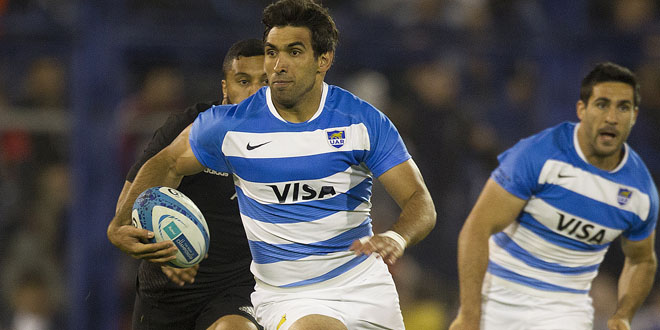
CENTER
Jerónimo de la Fuente (Jaguares & Argentina)
Juan Martín Hernández (Jaguares & Argentina)
Also considered as a flyhalf, it seemed best to instead push Hernández into the midfield where he has played the majority of his rugby for the Pumas in recent times. Even at an ‘advanced’ age El Mago’s class is too much to ignore. In doing so he pushes out Brazil’s outstanding Moisés Duque, among others, as our distributing option, with de la Fuente the clear and obvious choice as the classic hard line running attacker at inside center.
Matías Nordenflycht (COBS & Chile)
Matías Orlando (Jaguares & Argentina)
Conor Trainor (Vannes & Canada)
Outside center proved a position of great debate, one of the more difficult spots in the team to come to consensus. Nordenflycht is capable of covering either center position and, like Petrowitsch, someone we think could be outstanding with a better team around him, with his goal-kicking a bonus. Orlando has impressed on the November tour and is again excelling in Super Rugby, and for us offers slightly more in attack than Marcelo Bosch, whose iron-clad defense gave much pause for thought. Trainor is the out-and-out attacker, with injury and lack of form hampering the chances of others like Matías Moroni.
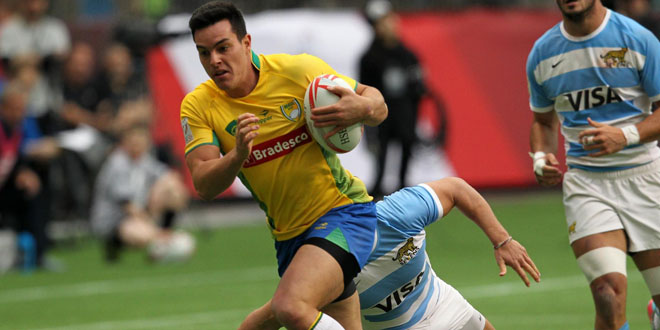
OUTSIDE BACKS
Emiliano Boffelli (Jaguares & Argentina)
Santiago Cordero (Jaguares & Argentina)
Juan Imhoff (Racing 92 & Argentina)
Taylor Paris (Agen & Canada)
DTH van der Merwe (Scarlets & Canada)
Surely the most difficult spot to choose with any number of outstanding athletes available to Argentina, Canada, and the USA especially. Selecting the best out-and-out wingers was important with versatility also coming into play. Cordero also covers fullback while Boffelli could slide in virtually anywhere in the backline, giving him an edge over the likes of Manuel Montero.
Daniel Sancery (Sao Jose & Brazil)
Blaine Scully (Cardiff Blues & USA)
Joaquín Tuculet (Jaguares & Argentina)
The injury to Evans, who had a brilliant 2016, is unfortunate but opens the doors to others. Tuculet has returned to form in 2017 and provides a specialist option but his place in the test side is far from secure. Like Manoa, Scully’s elbow injury is a concern but we’re confident he’ll make it in time. Both Scully and Sancery cover across the outside backs and each are very different styles – Scully with his physicality and aerial expertise while Sancery brings an x-factor that few can match. Mike Te’o is one of those players but we felt Sancery had the leg up in defense and kicking ability.
CONCLUSION
Aside from Creevy and possibly Isa virtually every position has hot competition for the starting role. Even the likes of Landajo and Sánchez, heavy favorites at the halfbacks, would feel some pressure with rising stars like Bertranou and Fernández capable of excellence on their day.
Whatever the composition, we would suggest such a team would be highly competitive against any team in the world, with the exceptions of perhaps England and New Zealand, who appear to stand shoulder-to-shoulder above the rest at the moment. The brand of rugby would be expansive and entertaining while maintaining the traditional South American strength in the scrum. Who wouldn’t pay to see a match between an Americas XV and one of the Six Nations or Southern Hemisphere powerhouses?
How did we do? Who would you have picked and why?
 Americas Rugby News Rugby news from across the Americas!
Americas Rugby News Rugby news from across the Americas!
